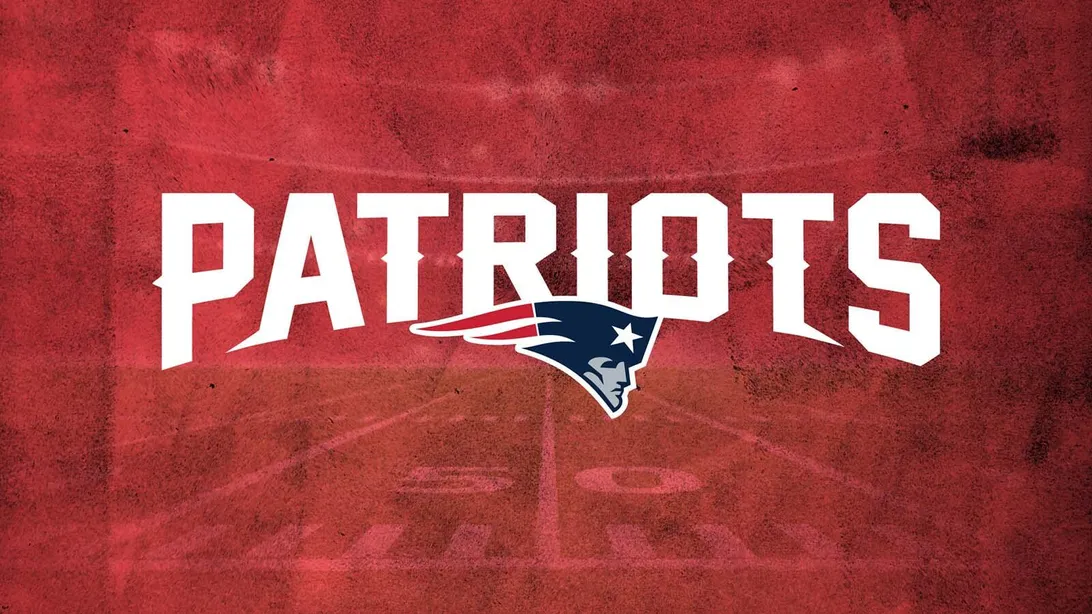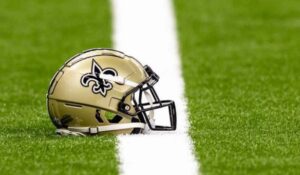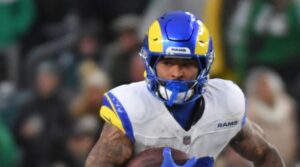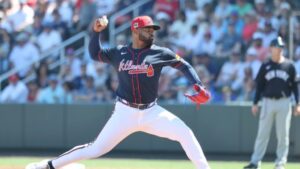
The New England Patriots find themselves in a complex situation heading into the 2024 NFL Draft.
On one hand, they hold the coveted No. 3 overall pick, presenting an opportunity to select one of the top quarterbacks in the draft class. On the other hand, the Patriots are coming off a disappointing 2023 season, resulting in a high draft pick, and they face numerous uncertainties as they make a decision that could significantly impact the future of the franchise.
Every draft pick carries inherent risk, and there are no guarantees of success. However, for the Patriots, who struggled to a 4-13 record and have multiple roster gaps to address, making the right choice in April is crucial, especially if they opt for a quarterback with their first-round selection. A misstep could set them back for years.
Although head coach Jerod Mayo and owner Robert Kraft have expressed openness to trading the pick, drafting a quarterback at No. 3 appears to be the most probable scenario for New England. They have several promising options available, including Drake Maye, Jayden Daniels, and J.J. McCarthy, assuming Caleb Williams is selected first overall by the Chicago Bears.
However, if two of these quarterbacks remain on the board, the Patriots face a dilemma. The success rate of high-drafted quarterbacks is lower than commonly perceived, adding to the complexity of the decision.
The Athletic’s Jacob Robinson delved into this matter in a newsletter released on Friday, examining every quarterback drafted in the top 10 since 2011 and categorizing them into four groups: Stars, starters, major reach, and major bust.
According to Robinson’s analysis, 26% of the quarterbacks qualified as “stars,” slightly edging out the 22% who fell into the “major bust” category. The majority of the quarterbacks, at 33%, were classified as “starters,” while 19% were deemed as “major reach.”
To arrive at these assessments, Robinson considered five key criteria:
1. Starts: Did they start at least 50 games in their career?
2. Wins: Did they achieve a winning record with their drafting team?
3. Valuable: Did they secure a second contract with their drafting team?
4. Longevity: Were they still starters after the age of 29?
5. Playoffs: Did they win a playoff game?
Robinson utilized the responses to these questions to assign ratings on a scale, with a “star” meeting all five criteria.
While this methodology isn’t flawless, it provides valuable context and presents a somewhat disconcerting outlook for teams targeting a quarterback early in the draft.
Although there’s a reasonable chance that the Patriots could secure a successful quarterback at No. 3, with 59% of the reviewed quarterbacks becoming either “stars” or “starters” in the NFL, there’s also a significant possibility—41% according to this analysis—that New England might squander the opportunity, potentially setting the franchise back for years.
This isn’t meant to instill fear in Patriots fans. Every draft is unique, and this year offers a clear top tier of quarterbacks for New England to choose from, which isn’t always the case. However, it underscores the gravity of the Patriots’ current situation. In their post-Brady era, they can’t afford to make a misstep in such a crucial decision-making moment.







